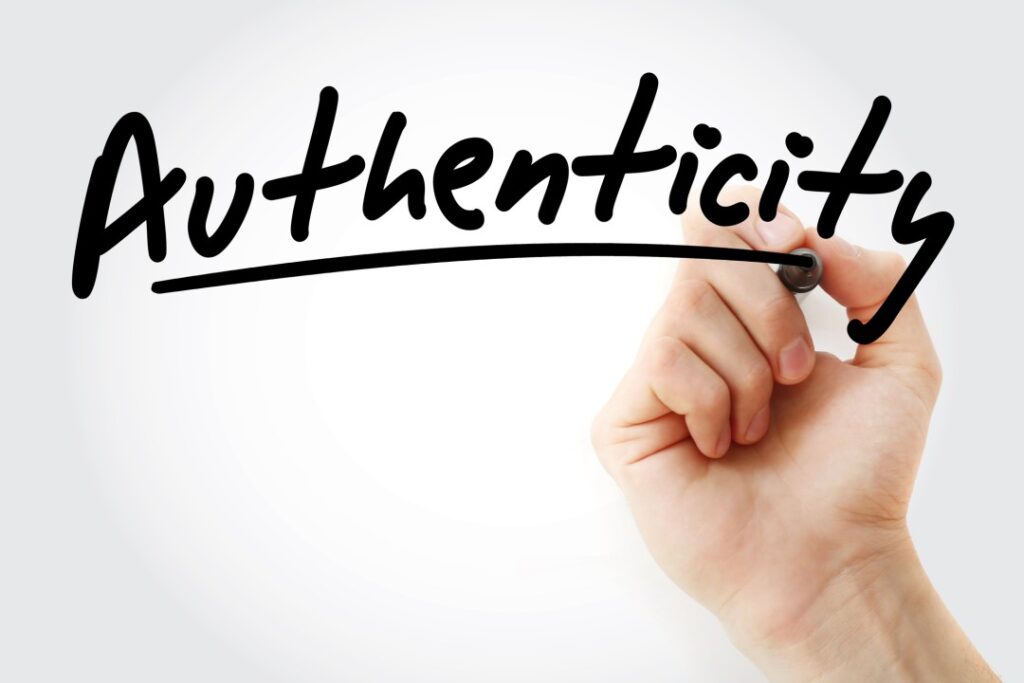Cross-Cultural Conversations: Why Do We Misunderstand Each Other?
The topic of misunderstanding has many angles to discuss; it’s hard to pick one — tone, choice of words, inflection,…

The topic of misunderstanding has many angles to discuss; it’s hard to pick one — tone, choice of words, inflection,…

Pauses in conversations serve several important functions and are an integral part of effective communication. A pause can…

In a fast-paced digital-hybrid work environment, effective communication is crucial for success. Speakers want to be both heard…

Attitudes are developed in five major ways; a comprehensive understanding of these contributing factors may help you realize…

Become a more trusted and effective leader! In this 30-minute recorded lesson, you will learn the difference between…

“To thine own self be true” from Shakespeare’s play Hamlet, is one of the most famous quotes from…

Paraphrasing is repeating in your words what you interpret someone else to be saying. Paraphrasing is a powerful…

Join Robin Golinski, Executive Communication Coach and our partner, MassBioEd on June 13, 2024 from 10:00 AM – 4:00…

Watch our free, 30-minute recorded lesson When at work, questions are continuously being tossed out to us. At…

Technically speaking, each of these three things is slightly different. Practically speaking, they are all the same in…